Stonehenge is the world’s most famous prehistoric monument, established for thousands of years and across different periods.
Stonehenge was built in different stages, from an early henge to a stone circle in the later stage.
If you were to look at the map of Stonehenge, you would see two concentric rings of stones aligned to match the sunrise on the summer solstice.
The outer ring consists of Sarsen standing stones that measure 13 feet in height and 7 feet in width.
Observe on the Stonehenge map the horizontal lintel stones connect these vertical stones.
The inner circle consists of smaller Bluestones.
The inner circle comprises free-standing trilithons, two vertical sarsens joined by one lintel.
The Stonehenge map showcases the design of Stonehenge.
Stones of Stonehenge
Stonehenge comprises the following stones either in a group or in isolation.
The Heel Stone 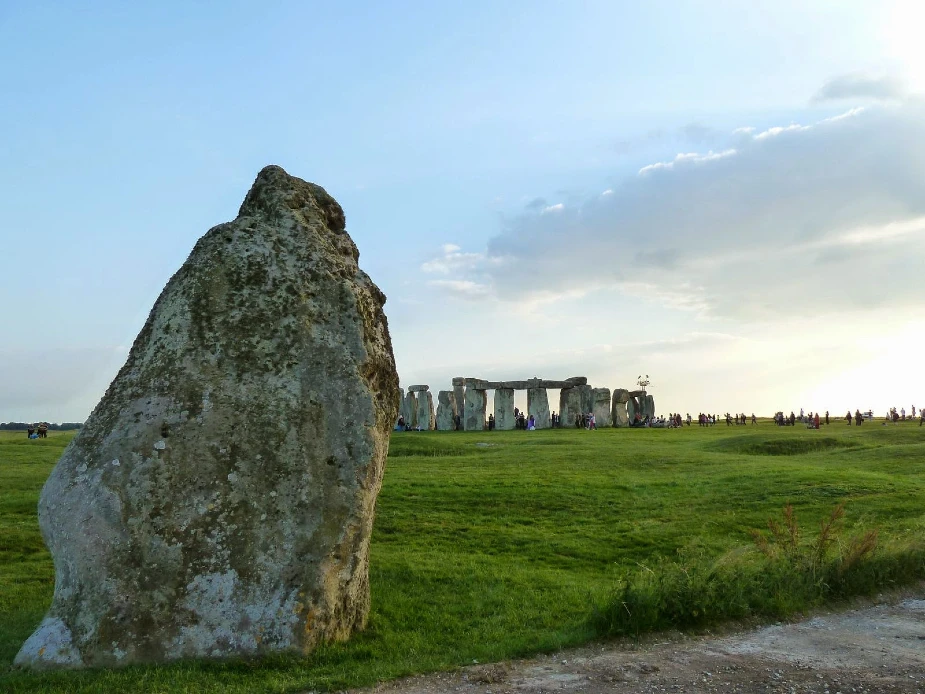
Image: Stonesofstonehenge.org.uk

The Heel Stone is a hard sarsen stone that stands alone surrounded by a circular ditch.
Lintels
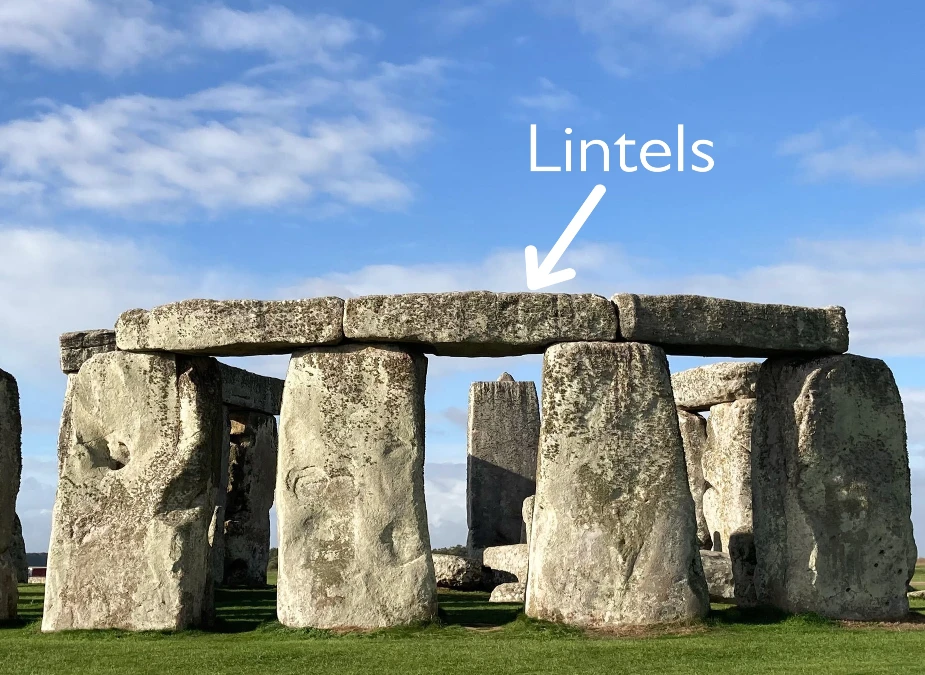
The Stonehenge map shows the outer sarsen circle, comprising six lintel stones.
Each lintel stone is joined to an upright sarsen with a mortice and tenon joint, a common technique used in woodwork.
The Station Stones
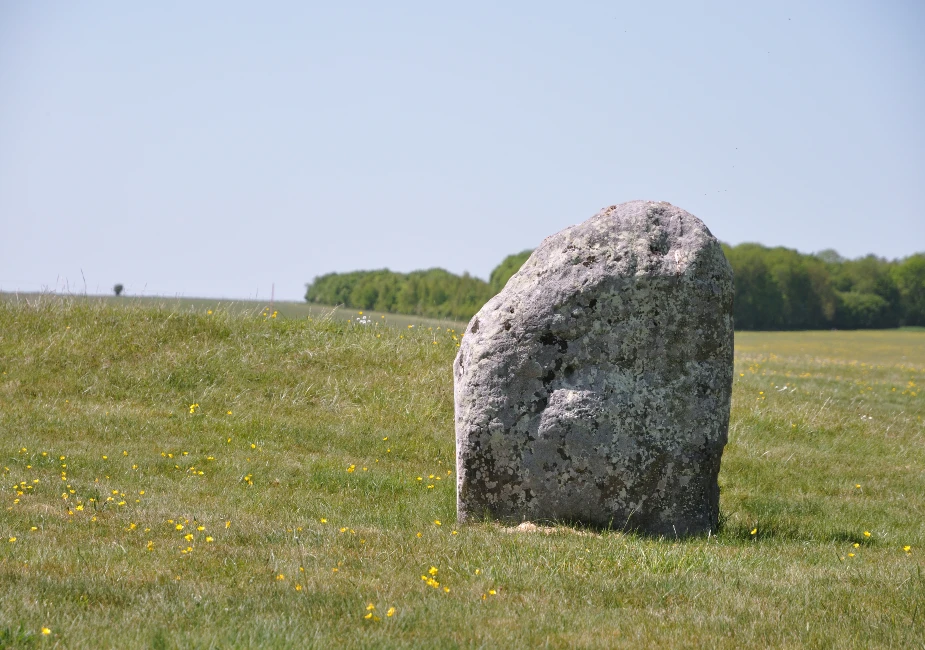
Two remaining stones are present in Stonehenge from the original four station stones.
These stones mark the corners of a rectangle with a circular monument in the center.
The Slaughter Stone
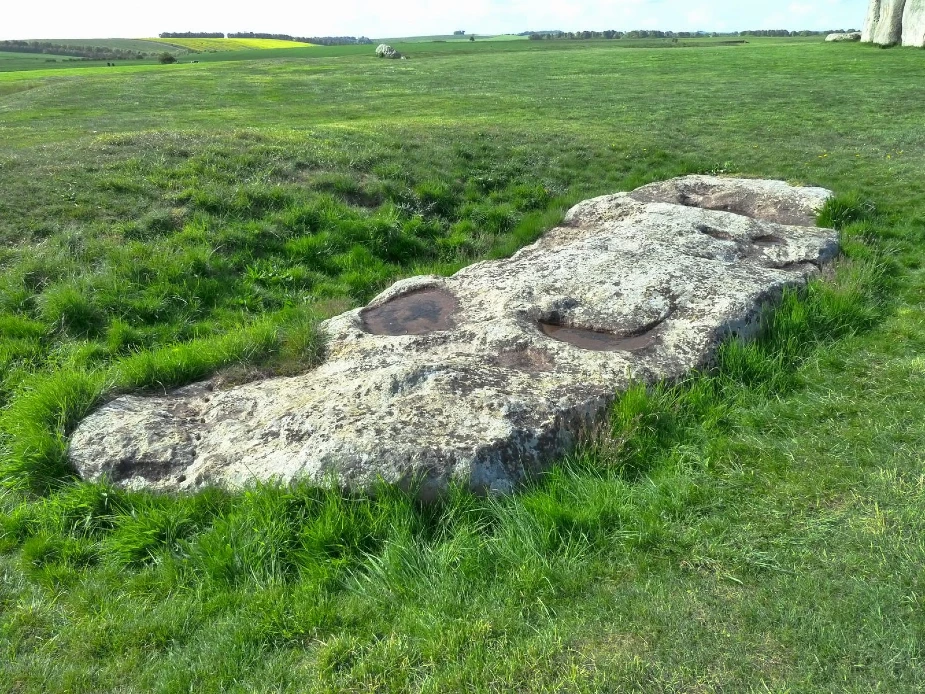
The Slaughter Stone lies east of the primary solstitial axis, midway between the central monument and the Heel Stone.
The Slaughter Stone gets its name from the (wrong) assumption that the Druids practiced sacrifices on it.
The red specks on it are due to the stone’s Iron content and the algae that have grown over the years.
The Sarsens
On the Stonehenge map, the complete outer circle of Stonehenge comprises 30 upright sarsens.
Stone 56

Stone 56 is the tallest Sarsen at the head of the inner horseshoe.
This stone forms the vertical side of the slot through which the ancient society could have viewed the winter solstice sunset.
However, that was possible only before the other half of the trilithon fell.
Altar Stone
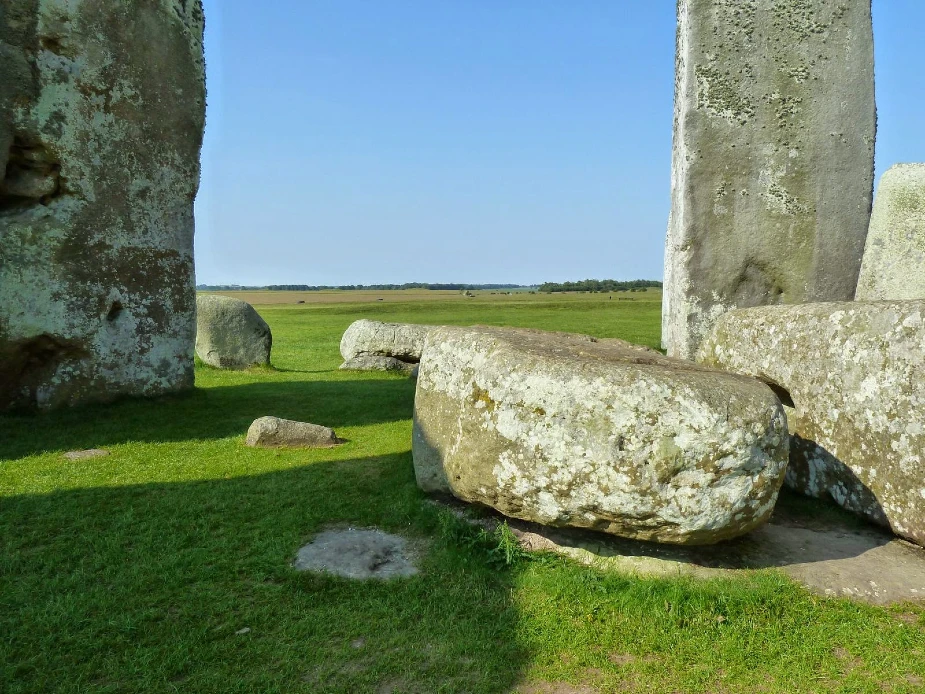
Underneath the fallen stones of trilithon lies the Altar Stone.
Altar Stone is a large Old Red Sandstone and one of the most important stones of Stonehenge.
Stone 60
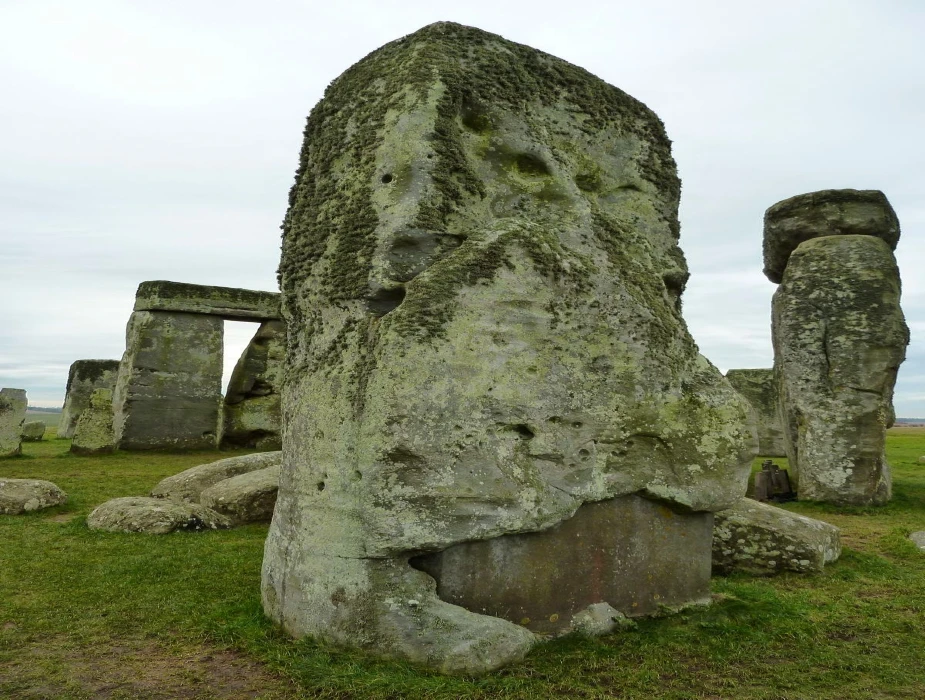
Stone 60 is the only upright survivor of the trilithon.
The Stone 60 had a hole beneath its base that could house several people during unfavorable times.
The hole was later filled with concrete during the 1959 restoration period.
Featured Image: WorldHistory.org



